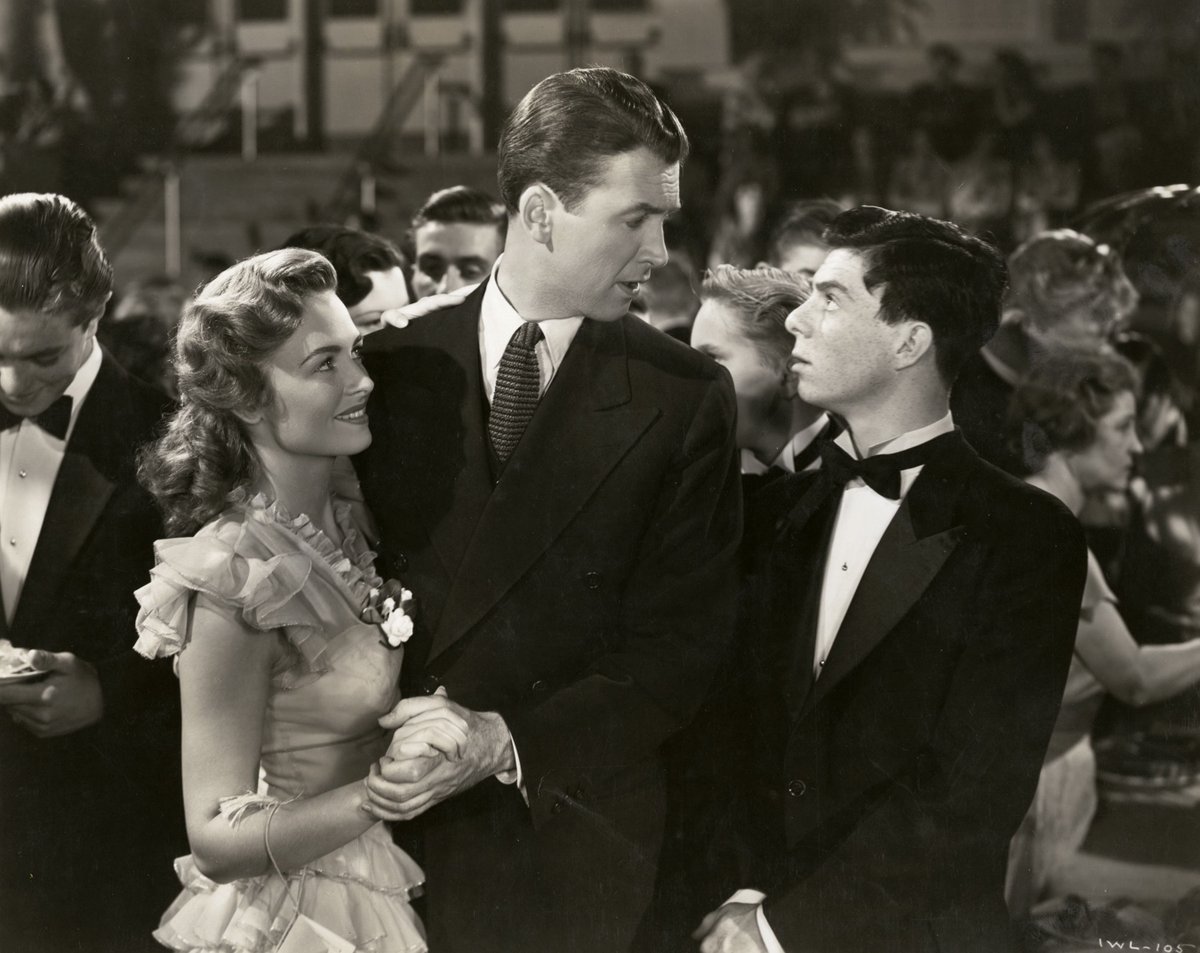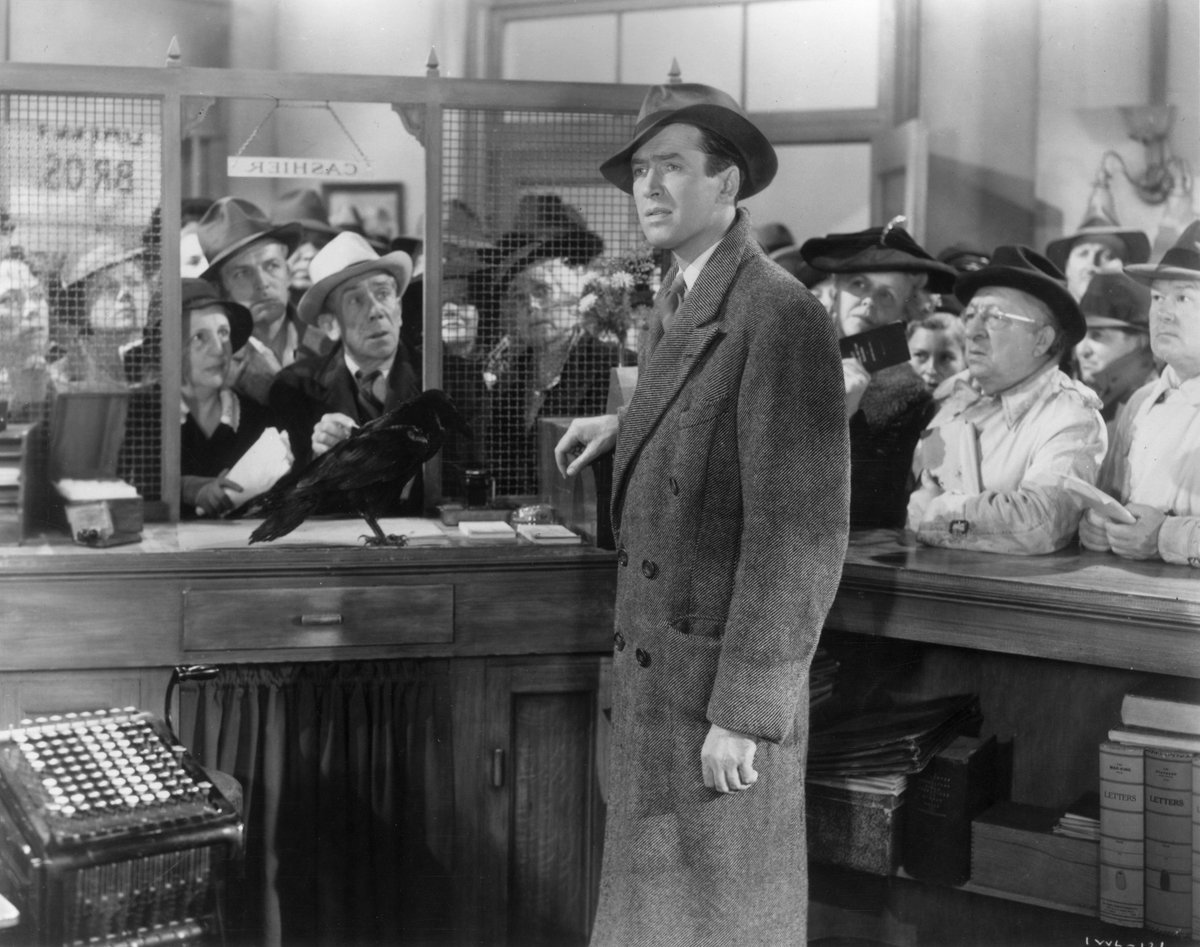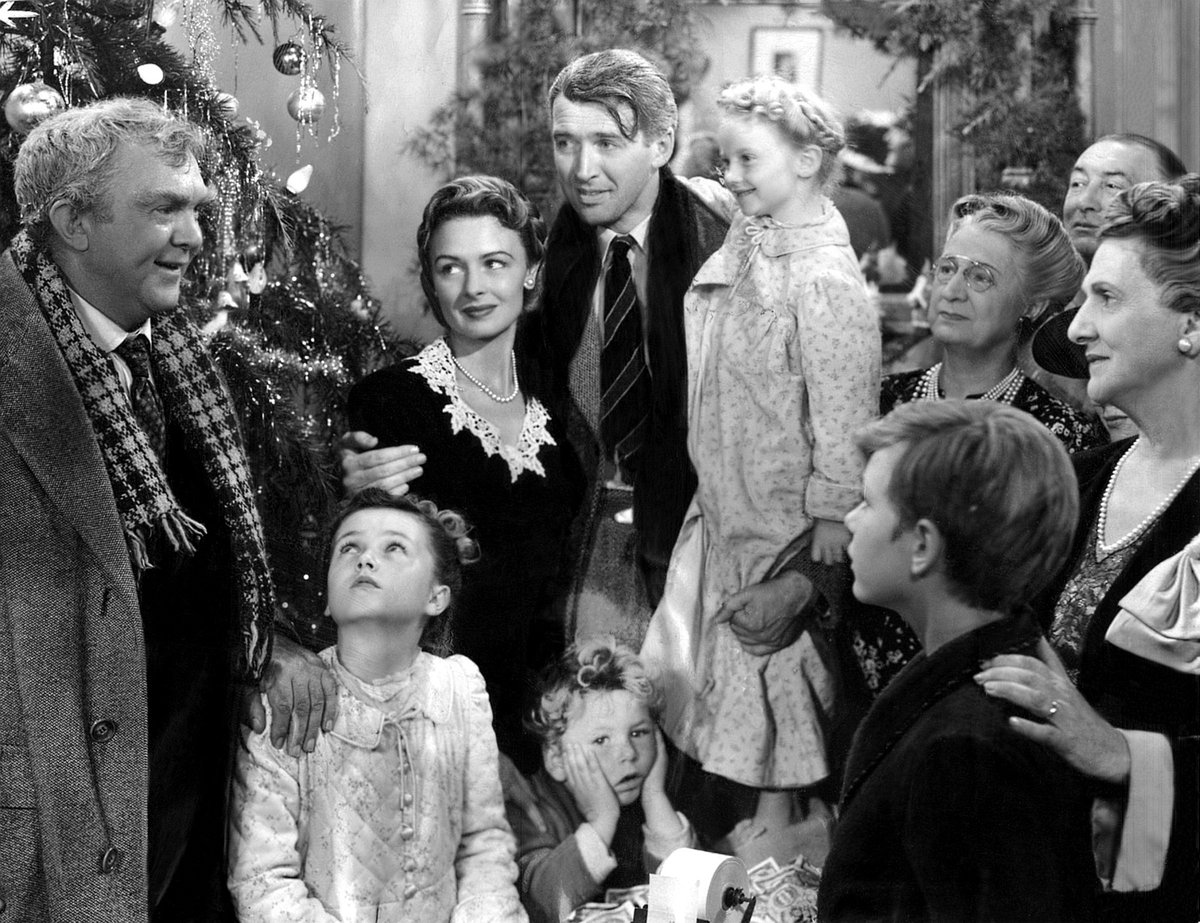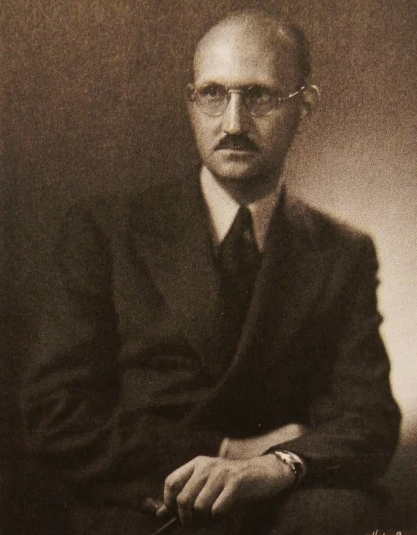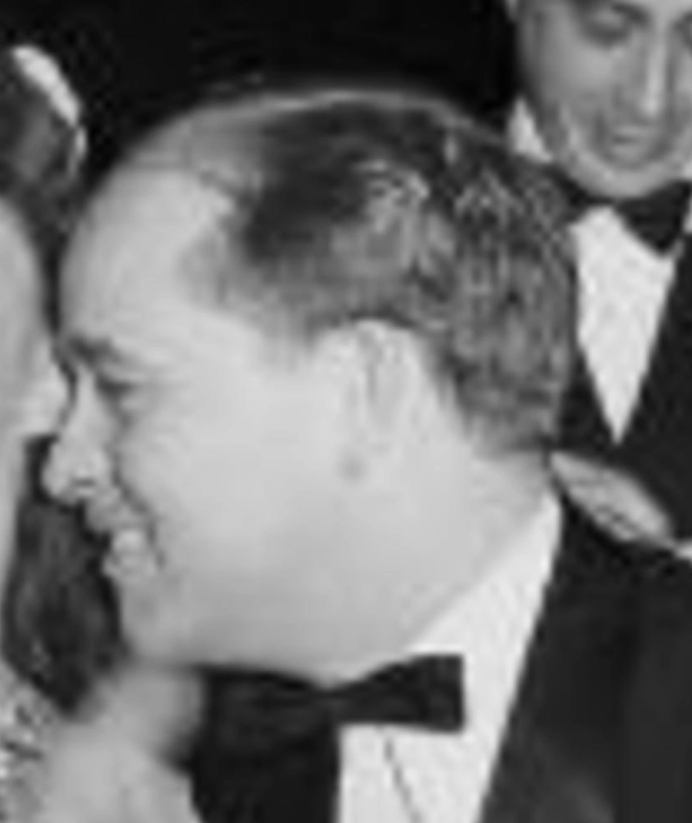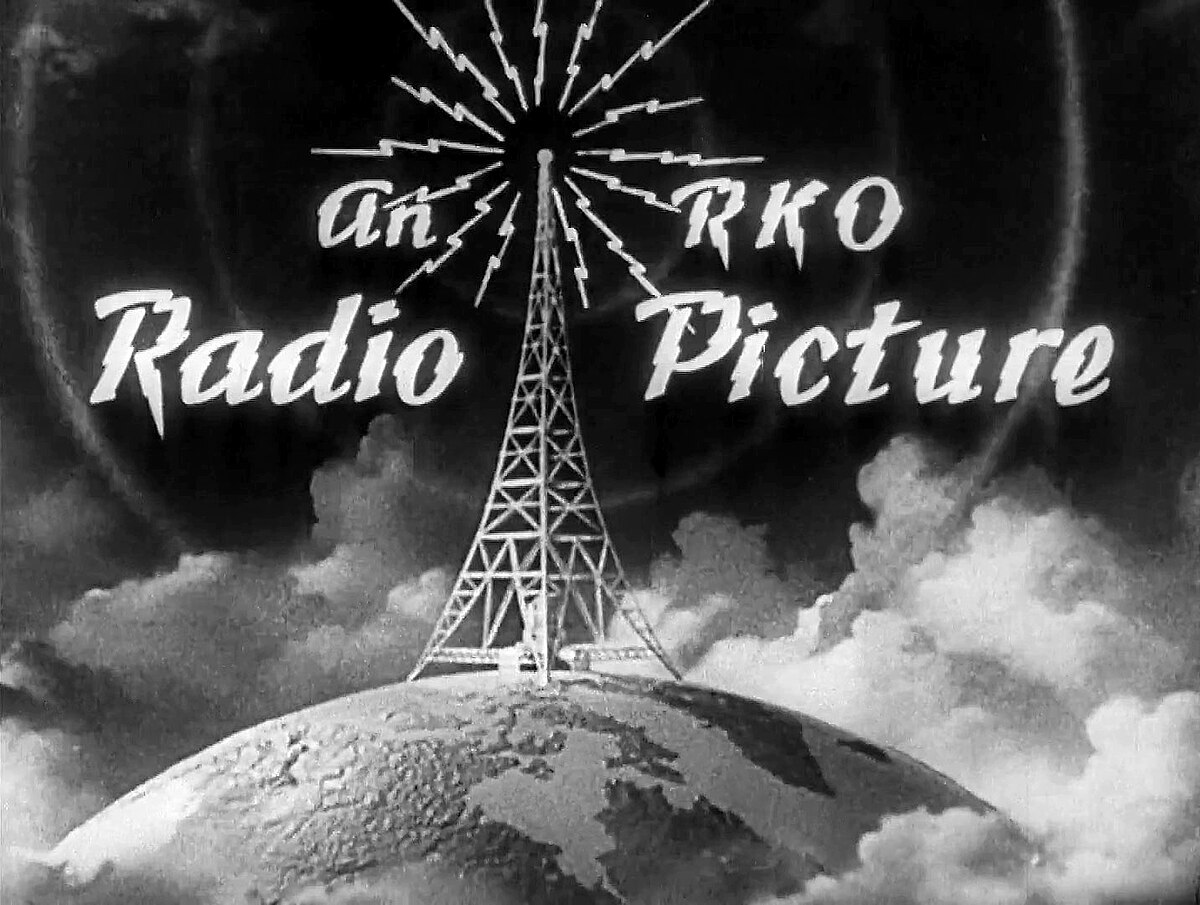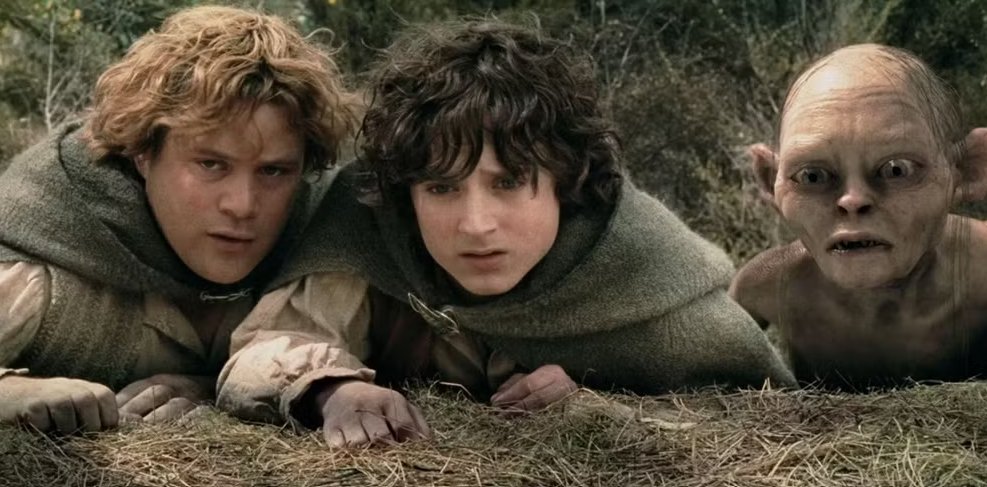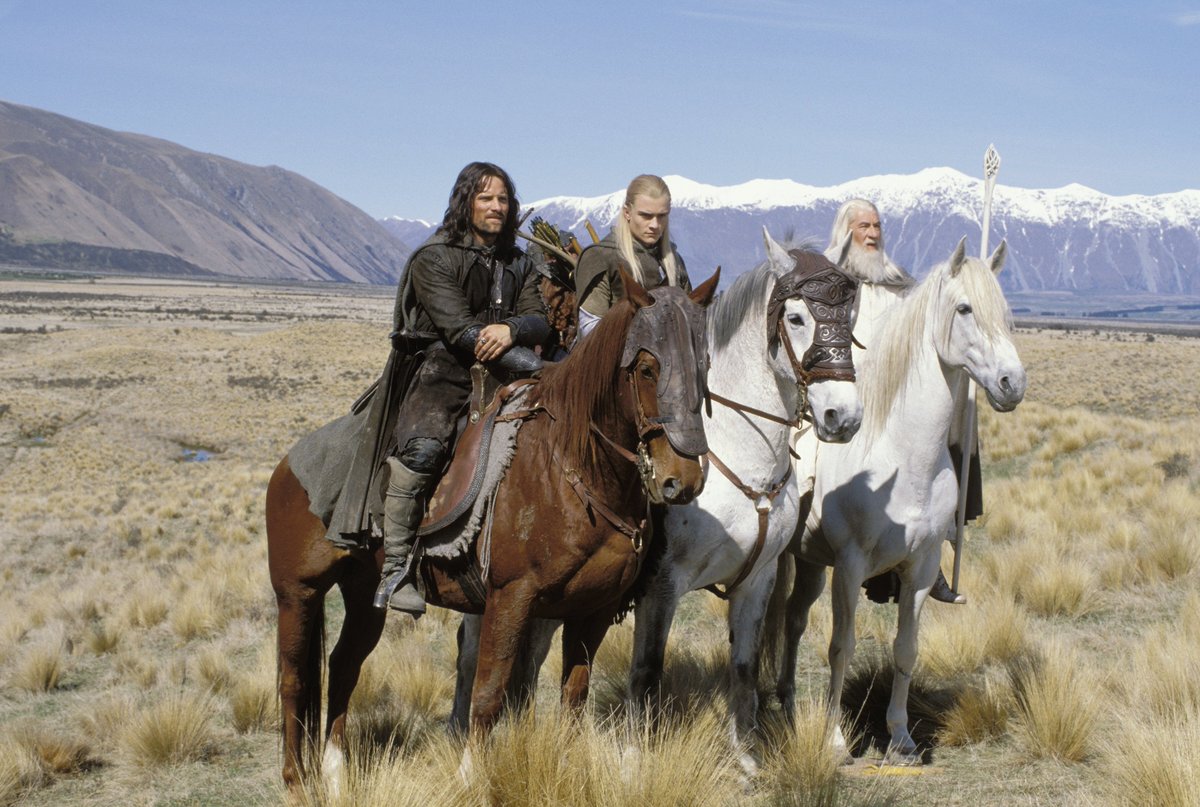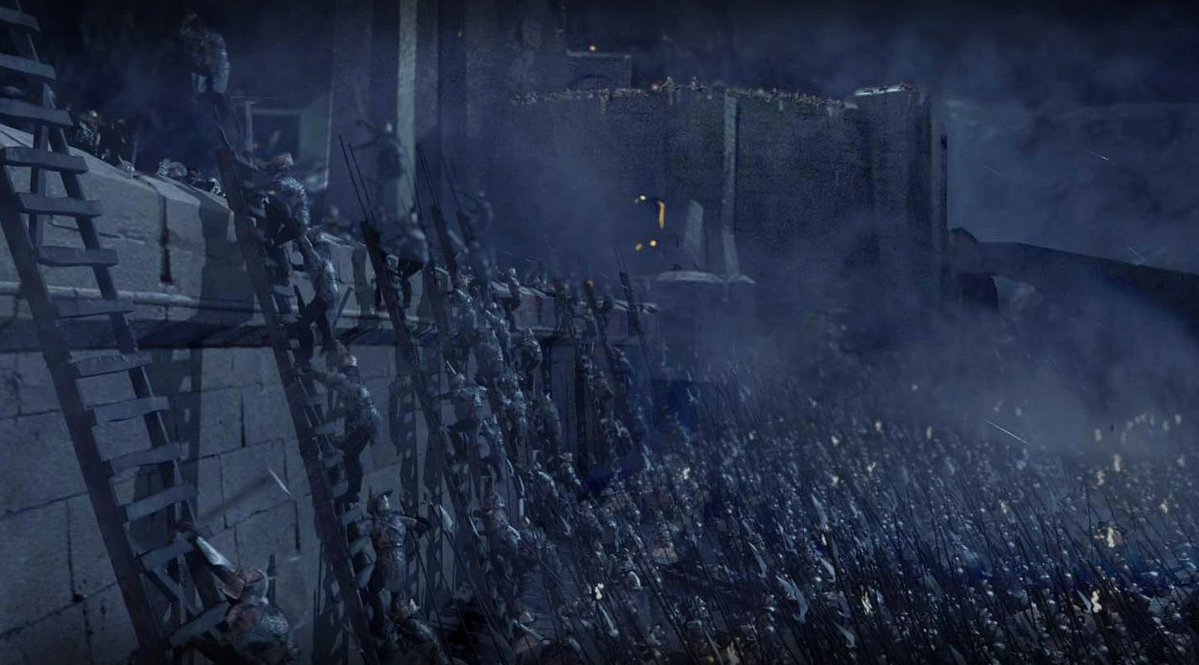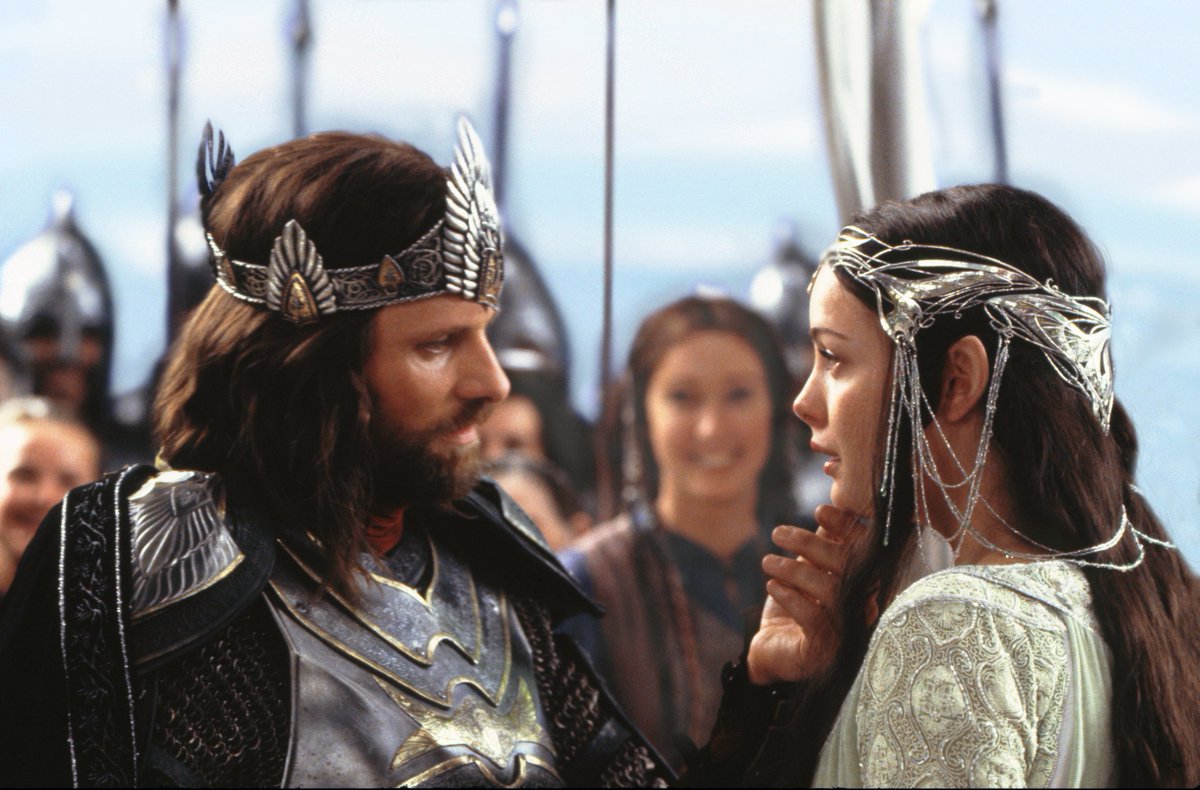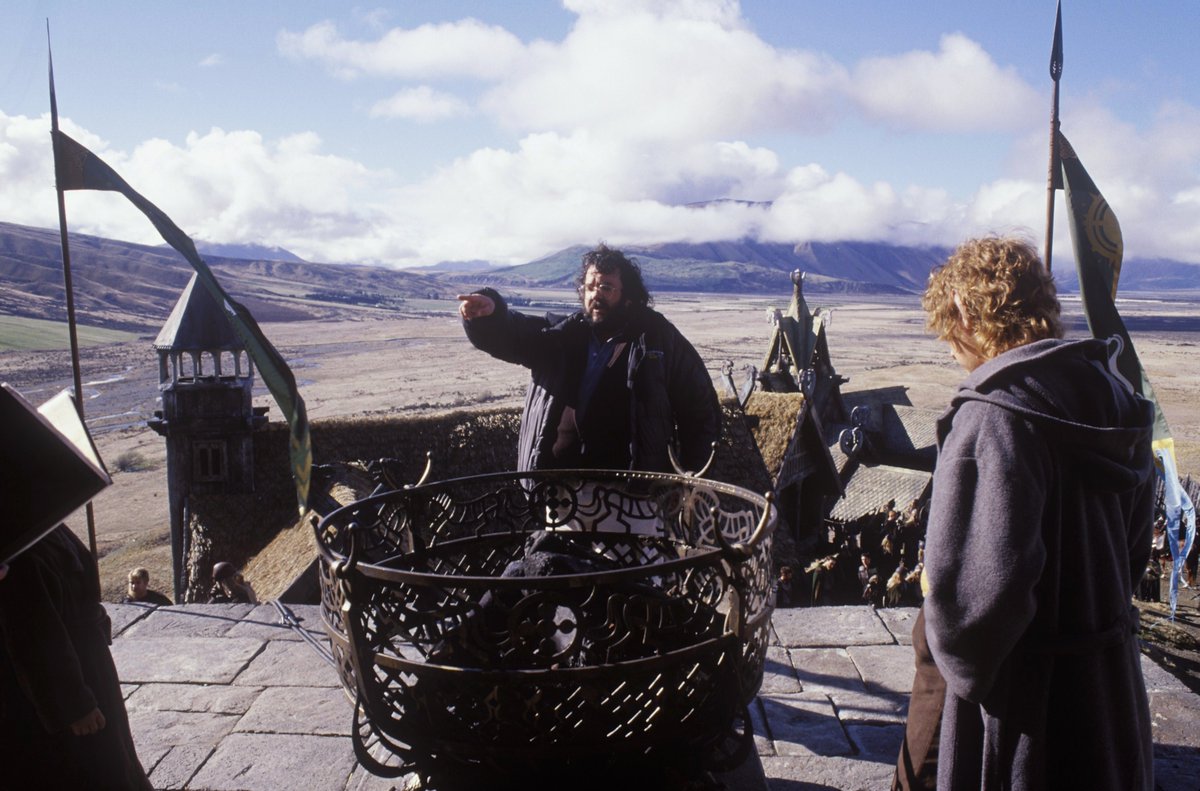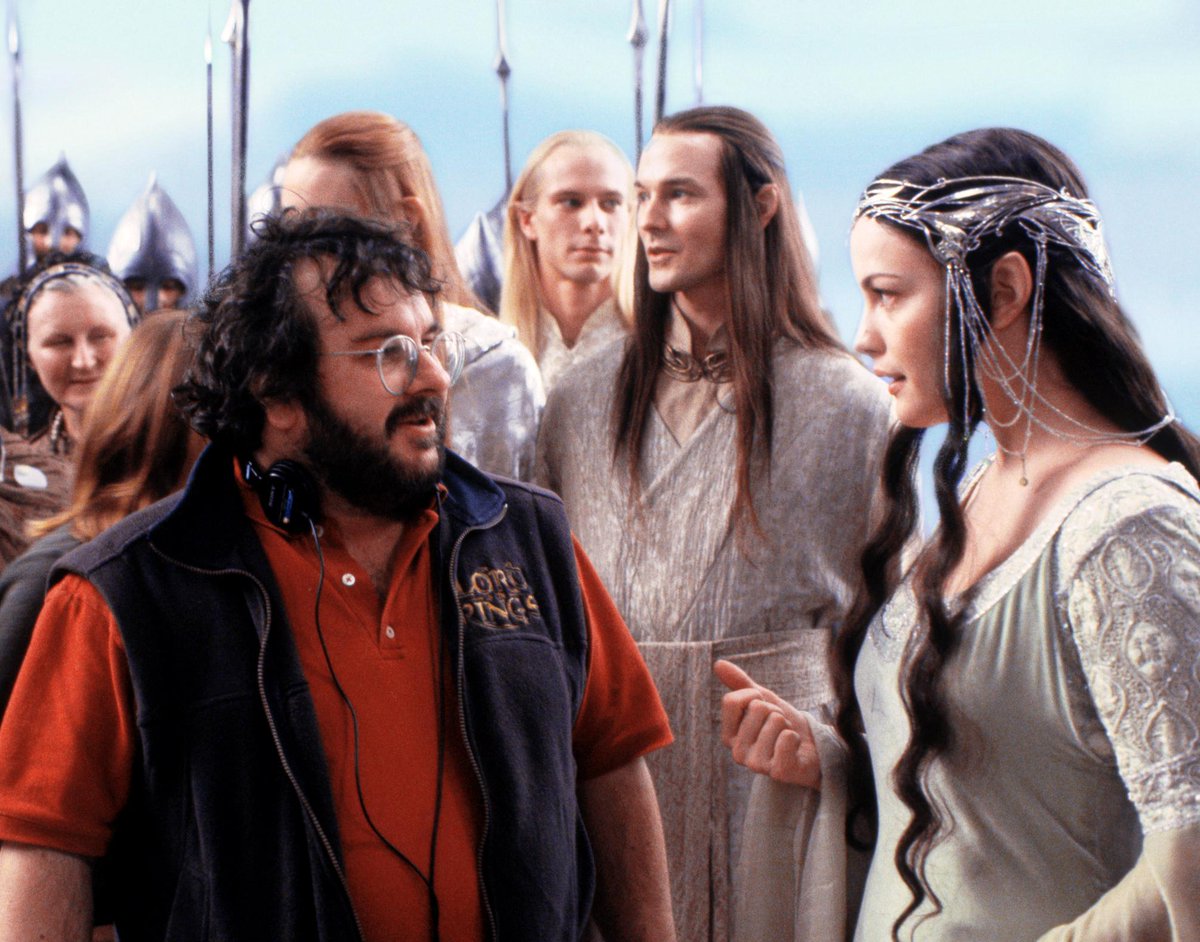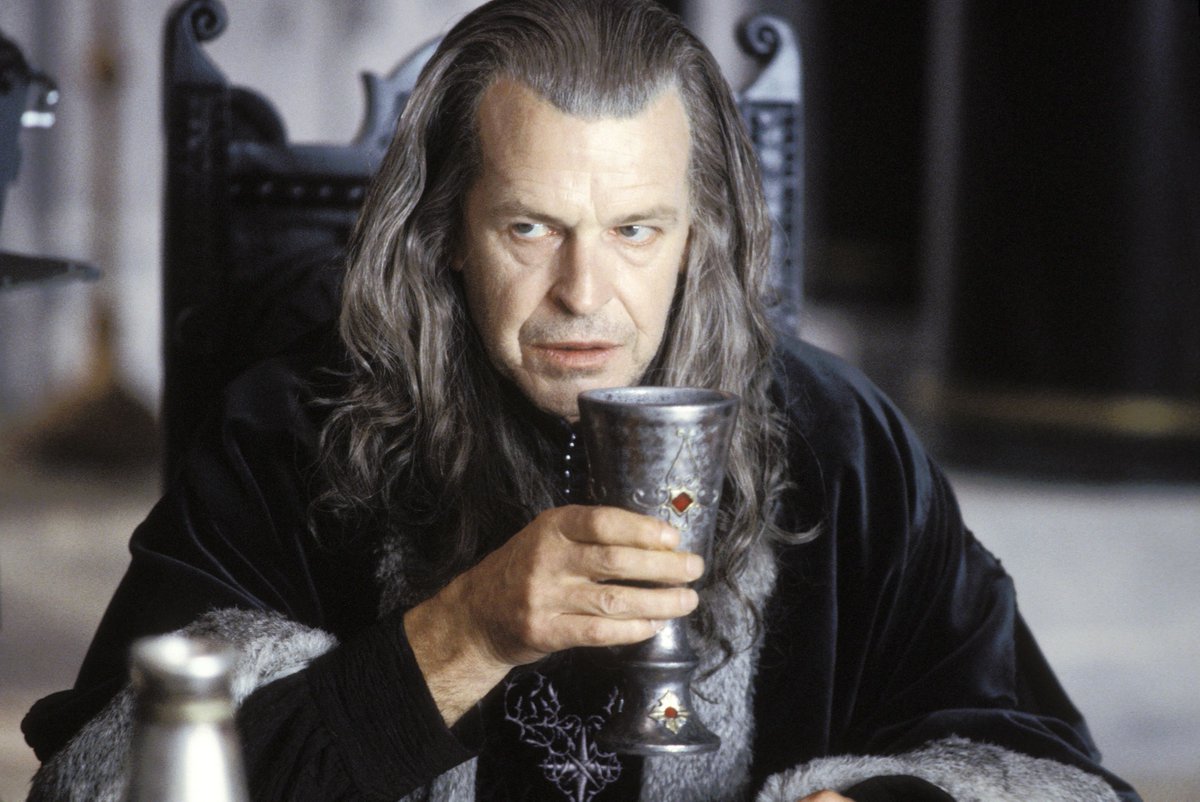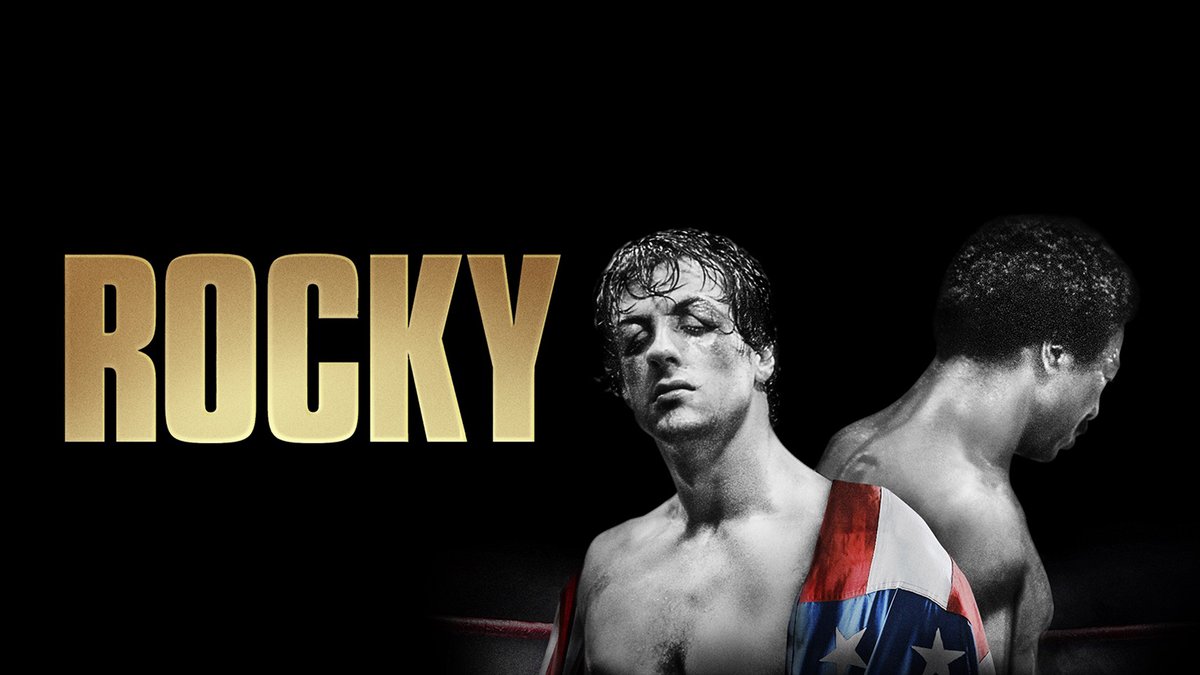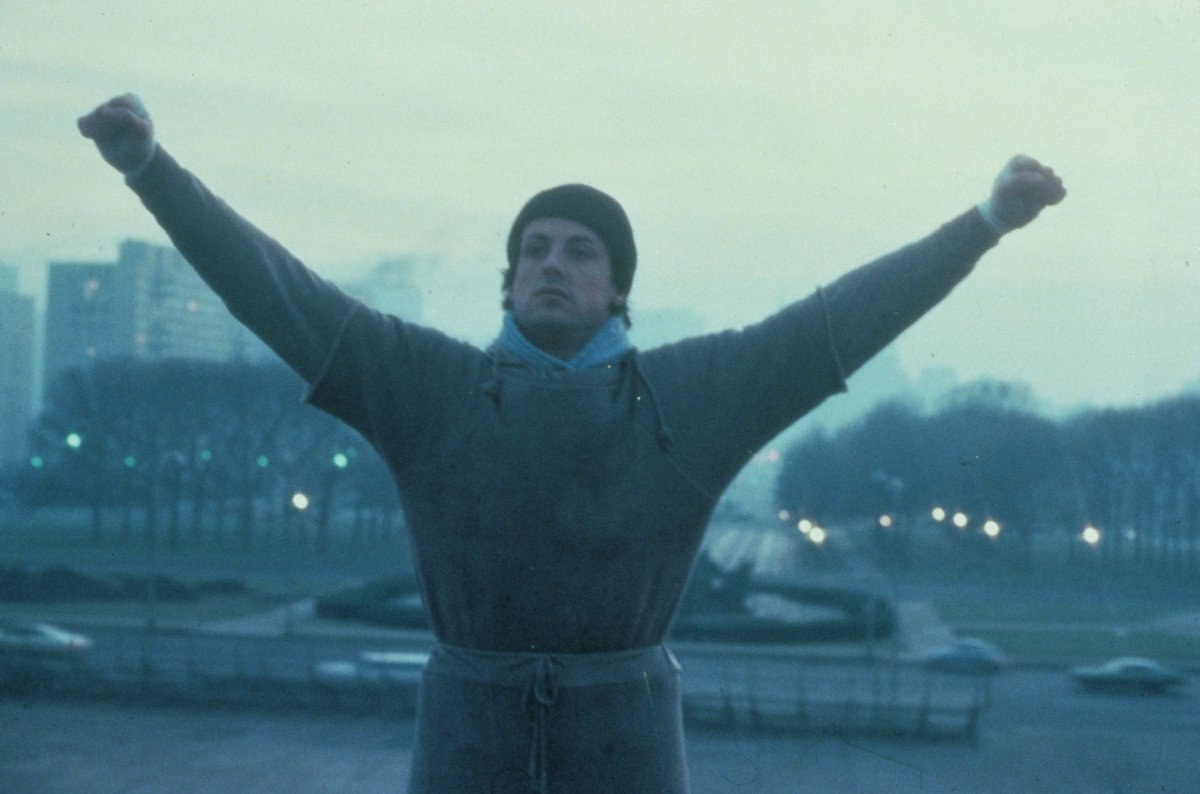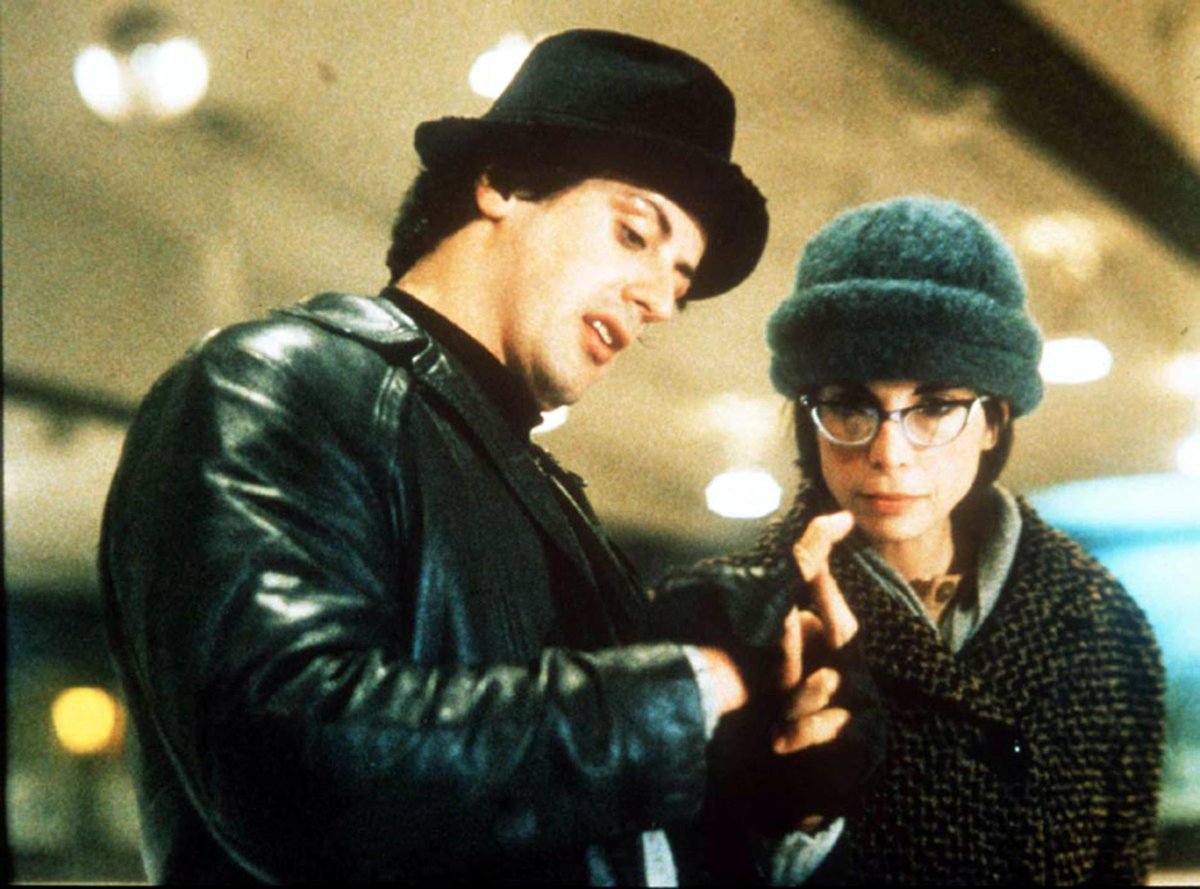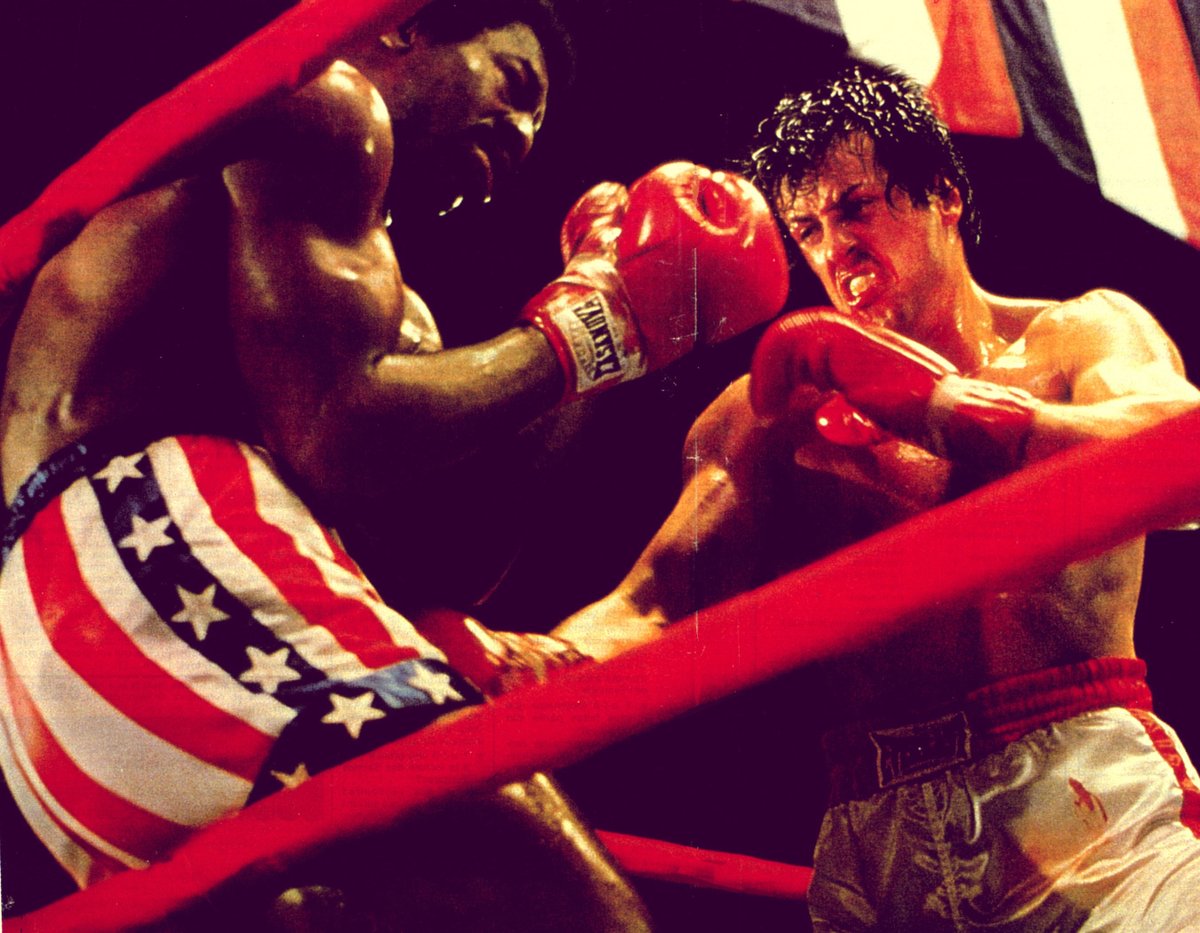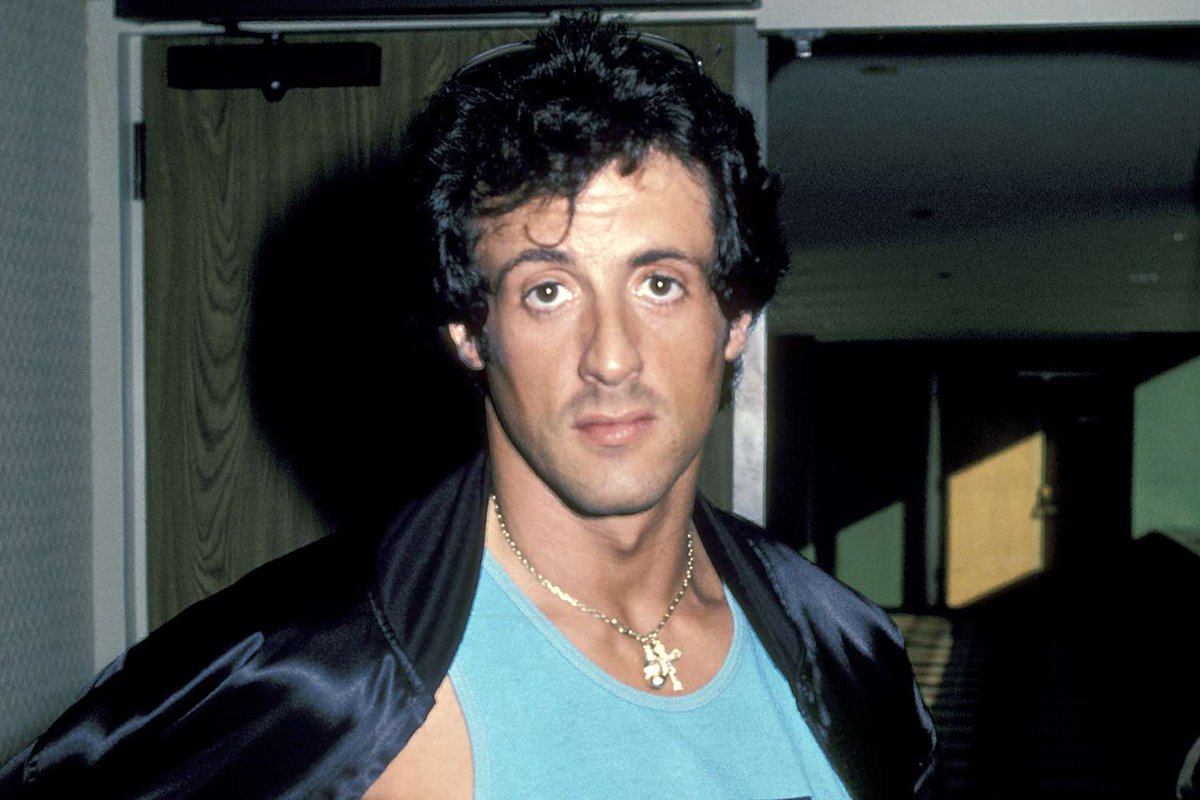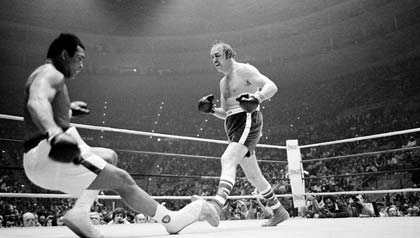ALIENS was released 37 years ago today. Acclaimed as one of the great action movies and best sequels ever made, the making of story is as massive as you’d expect from a James Cameron film…
A THREAD
1/51




A THREAD
1/51




With the success of Alien, 20th Century Fox were keen on a sequel but it was delayed until 1983. At that time, James Cameron was sending his script for The Terminator to studios to find writing work. Walter Hill (exec producer on Alien) read it and said “This is our guy.”
2/51


2/51


Cameron wrote a treatment called Alien II but didn’t have time to write the script. However, The Terminator was delayed 9 months because Arnold Schwarzenegger had an obligation to make Conan the Destroyer, so Cameron finished Aliens.
3/51



3/51



Then, after The Terminator was released in 1984 to a fantastic response, the studio decided to wait until Cameron was available so he could direct Aliens well.
4/51


4/51


Sigourney Weaver had already rejected offers from Fox to do Alien sequels, thinking Ripley would be poorly written. Then she read James Cameron’s script. She was impressed with the quality of Cameron’s writing, and loved the mother-daughter bond between Ripley and Newt.
5/51


5/51


Weaver was paid $35,000 for Alien but that film and Ghostbusters had made her a huge star: she wanted $1m for Aliens, which the studio refused to pay. Cameron helped her out by telling the studio he wouldn’t make the film without her, and Weaver signed on for a $1m fee.
6/51




6/51




The part of Hicks went to James Remar who had starred in The Warriors and 48 Hrs. Both of those films were directed by Walter Hill, and it was that connection which won Remar the part of Hicks. Only a few days into shooting though, Remar was fired by Cameron.
7/51



7/51



The studio put Remar’s departure down to artistic differences but years later Remar admitted it was because he had a drug problem, and had been caught on-set with a bag of cocaine. In the scene where the marines enter the alien nest, there is a shot of Remar as Hicks.
8/51




8/51




Having just worked with Michael Biehn on The Terminator, Cameron told the studio that was who he wanted to replace Remar. Biehn was in Paris at the time, but flown in immediately to re-shoot Remar’s scenes, 1 week after everybody else started shooting.
9/51




9/51


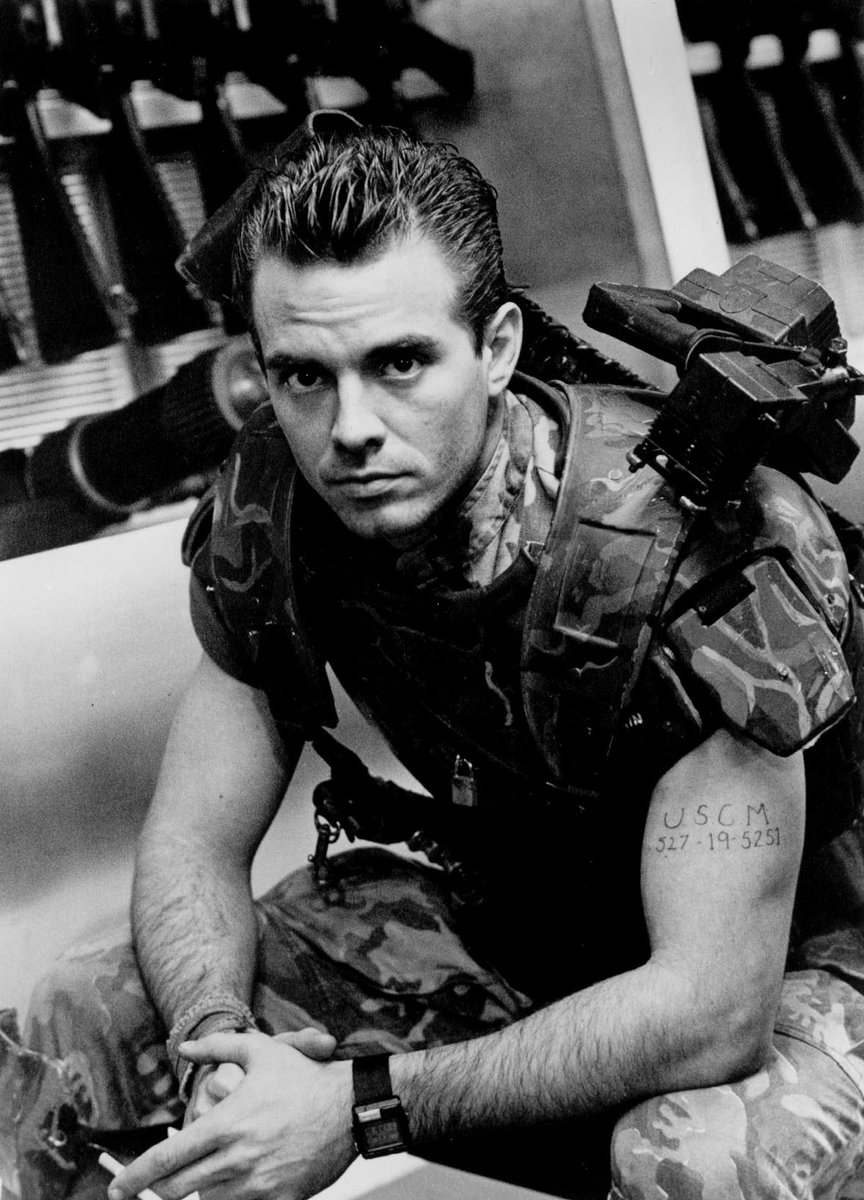

Cameron wanted an unknown actor to portray Newt. Casting agents scouted schools in Engand and discovered Carrie Henn at a school in Lakenheath. Though she lacked acting experience, Cameron said she had a "great face and expressive eyes."
10/51




10/51

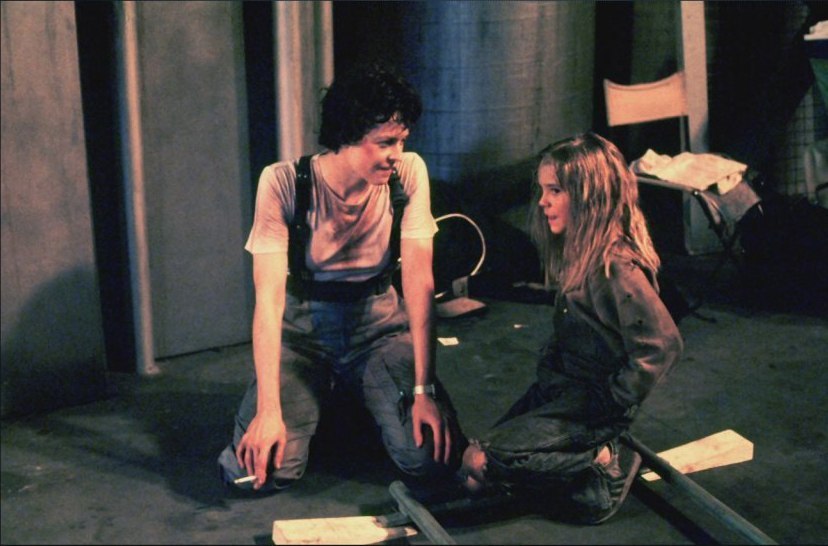

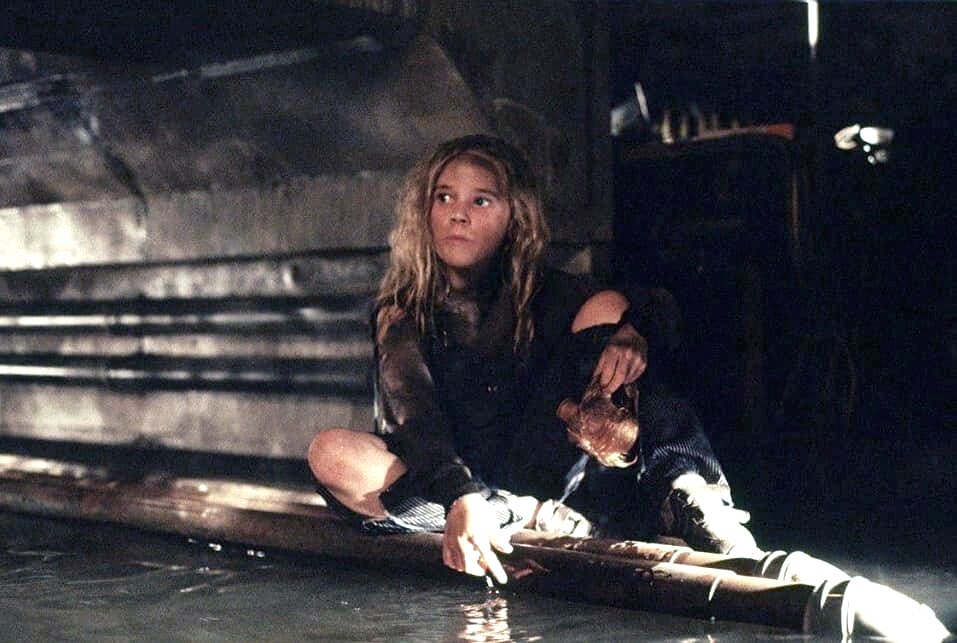
In 1985, Bill Paxton randomly bumped into Cameron at LAX. They’d worked together on The Terminator and Paxton asked if he could be in Aliens. Cameron got him in to audition and Fox knew him from Weird Science, so he was cast as Hudson.
11/51



11/51



Cameron always wanted Lance Henriksen as Bishop. Henriksen wanted to differentiate himself from Ash in Alien so suggested he wear contact lenses. Cameron said to him “Lance, you’re scary enough already.”
12/51


12/51

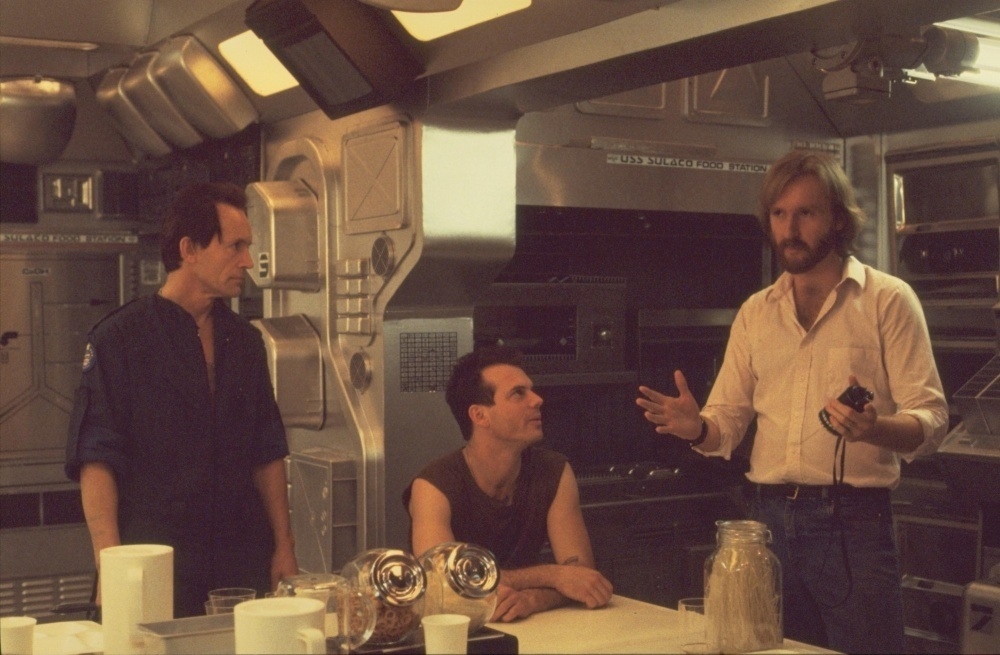
Hudson asks Vasquez (Jenette Goldstein) if she’s been mistaken for a man and she says “No, have you?” Cameron took it from a story about 1930s icon Tallulah Bankhead. A columnist said to her “Have you ever been mistaken for a man?” and she replied, “No, darling. Have you?”
13/51


13/51


Weaver asked for changes to the script. Cameron agreed to most but turned down two:
- Weaver didn’t want Ripley to use a gun.
- She wanted Ripley to die in the film. (She got her way in Alien 3).
14/51




- Weaver didn’t want Ripley to use a gun.
- She wanted Ripley to die in the film. (She got her way in Alien 3).
14/51




Cameron was inspired by the Vietnam War. The way the marines look and talk is reminiscent of Vietnam movies. The drop ship was based on the look of an Apache helicopter.
15/51




15/51




Cameron had the actors personalise their own suits of armour like marines in Vietnam. Hudson has “Louise” written on his (the name of Paxton’s wife). Dietrich has “Blue Angel” written on her helmet, which is a nod to the 1930 film The Blue Angel, starring Marlene Dietrich.
16/51


16/51


Concept artists Syd Mead and Ron Cobb were brought in to design the vehicles and sets. Together with Cameron, they created the look of the world.
17/51




17/51




Composer James Horner was given only 6 weeks to compose all of the music. He said to Cameron “that’s a really tight timescale”.Cameron said he would try to get Horner more time, then came back a few days later and said: “Timescales have changed – you now have three weeks.”
18/51



18/51



In order to hit the deadlines, Horner took parts from his score for Star Trek II: The Wrath Of Khan. Cameron then re-edited some scenes after Horner had written the music, so he had to re-write the music. Horner said “tensions with Cameron and Hurd were at fever pitch.”
19/51
19/51
The aliens were actors in rubber suits. Cameron only had budget for 6. He had to shoot in a way to give a sense of lots of aliens, and not reveal so much that we realise they are actors in suits. The editor was Don Sharpe and he won an Oscar for Best Effects Editing.
20/51



20/51



Stan Winston’s team made 8ft models of aliens which were used for shots like aliens exploding or being run over. The alien model was filled with yellow dye and chemicals that, when mixed, would produce smoke. So when the alien exploded it would look like burning acid.
21/51
21/51
Most of the shots where it looks like the aliens are shooting through the air ducts were filmed using a vertical shaft where the camera is at the bottom of the shaft looking up, and the actor is lowered headfirst on a cable. Then the footage sped up.
22/51
22/51
The first DP on the film was Dick Bush. When Bush saw the shooting schedule, he told Cameron that he wasn’t going to make the deadline. Also, Bush wouldn’t follow Cameron’s lighting instructions and tended to go his own way, leaving Cameron no choice but to fire him.
23/51


23/51


After Bush was fired, Cameron tried to hire Derek Vanlint, the DP from Alien. Vanlint wasn’t interested, but recommended Adrian Biddle for the job. Together, Cameron and Biddle put together some astonishing visuals, as our SnapShot highlights…
24/51
24/51
Cameron and the British crew didn’t get on. The crew – in Cameron’s eyes – were lazy. “We despised them and they despised us” he said. As well as Dick Bush, Cameron also had to fire Assistant Director Derek Cracknell when he proved impossible to get along with...
25/51
25/51
To try and convince the crew he had the talent for the job, Cameron arranged a screening of The Terminator for the cast and crew. The cast turned up, but the crew didn’t.
26/51


26/51
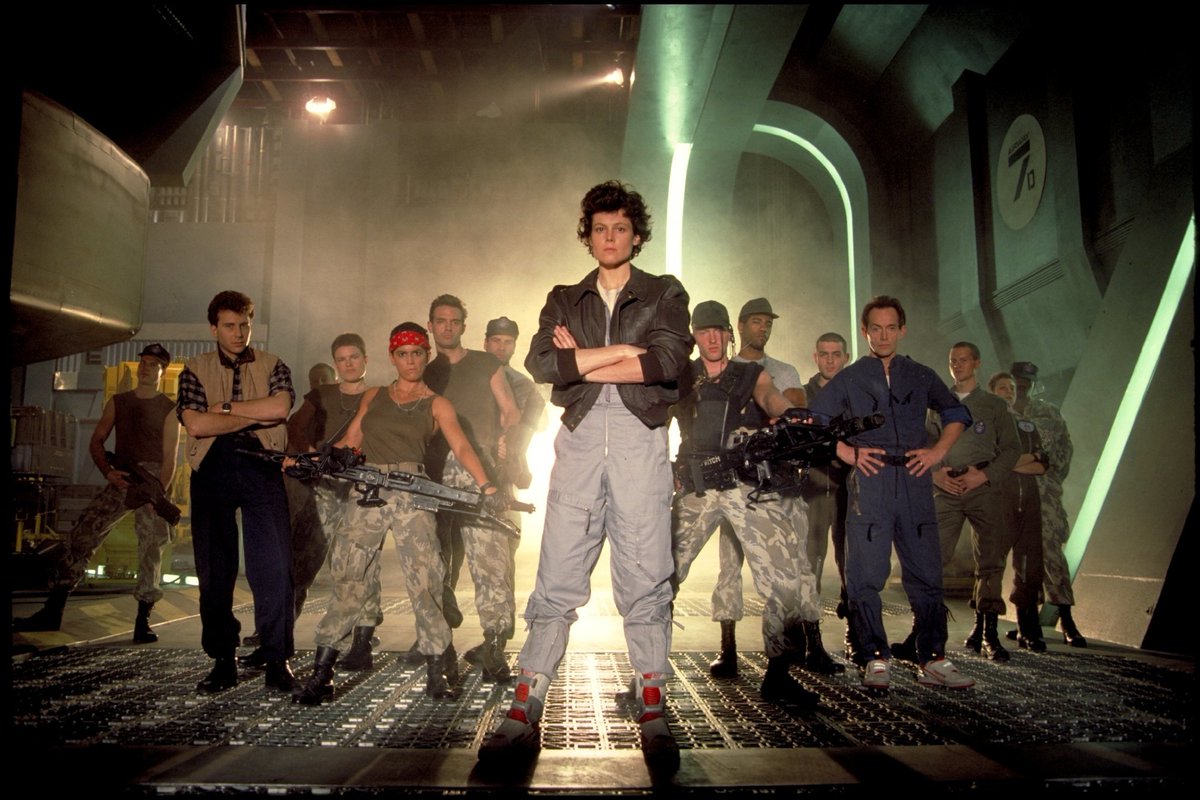

The crew would stop for breaks several times a day. A lady would come in with a trolley with tea and cheese rolls. One day, Cameron was so incensed that he reportedly trashed the tea trolley.
27/51
27/51
The crew would stop work every Friday afternoon for a draw where the winner would get about £400. One of the crew came up to Cameron with the tin and said, “do you wanna put anything in for the draw, Jim?” Cameron apparently shouted at him “F*** the Draw!!”
28/51 https://t.co/zT1PGCpbEMtwitter.com/i/web/status/1…
28/51 https://t.co/zT1PGCpbEMtwitter.com/i/web/status/1…
On the final day of shooting, Cameron stood up in front of the entire crew to make what everybody thought was going to be an emotional farewell speech. He said:
29/51
29/51

Cameron has a cameo. In the opening scene we see a salvage team Ripley in hypersleep. One of the salavage team members says, “Bio readouts are in the green, looks like she’s alive!” That’s James Cameron’s voice.
30/51
30/51
In Cameron’s original script, the thread with Amy was different. Amy was alive and Ripley makes contact but is rejected. Amy says Ripley abandoned her by travelling into space. In the film, the photograph of Amy is actually Sigourney Weaver’s mother, Elizabeth Inglis.
31/51


31/51


When we see the sleeping quarters on the marine ship, there are 12 capsules. Each capsule cost $4300, so the budget only allowed for 4 to be made. With some clever mirror positioning though, the crew were able to make it seem there are 12 capsules in total.
32/51
32/51

The below comes early in the film but Cameron shot it last as he wanted there to be a lot of camaraderie, and thought this would come across more strongly if the cast had spent 14 weeks together.
33/51
33/51
The cast were trained by SAS professionals and learned drills, how to handle weapons, and work as a platoon. Al Matthews (who plays Apone) was a former Vietnam vet and worked as consultant on the film too.
34/51
34/51
Lance Henriksen performed the knife trick at a slow speed, and the footage was sped up. You can tell because if you notice Apone, who’s next to Hudson, he’s laughing and his head is moving far more quickly than looks normal.
35/51
35/51
The knife trick scene was not in the original script. Cameron had the idea on the set. He discussed it with everybody except Bill Paxton as he wanted to get real surprise and shock from Paxton. A very similar scene is in John Carpenter’s Dark Star from 1974.
36/51



36/51



The chestburster was practical effects trickery. Actress Barbara Coles’ head was poking out the top of a chest model, and a puppeteer wore the alien on his arm and punched it through the chest. Coles was then replaced with a full model when they set her on fire.
37/51




37/51




The APC sequence was very dangerous. Drake’s flamethrower sucked all the air out of the set and the actors couldn’t breathe. Cameron had to have the roof taken off to allow ventilation.
38/51




38/51




The shot when we see the APC speeds towards camera was problematic, too. Producer Gale Anne Hurd said to Cameron to remove the camera operators just to be sure, and the brakes failed on the APC and wiped out the cameras completely.
39/51
39/51
Stan Winston and his team created functional facehuggers, with moveable fingers. They had a wheel on the bottom and when it was rolled along the floor, the facehugger's legs would move to look like it was running.
40/51
40/51
Then to achieve the below moment, three shots were cut together:
- They filmed the facehugger running along the floor
- They pulled it off the table, then played the footage in reverse.
- They put the facehugger on the table and pulled it towards camera
41/51
- They filmed the facehugger running along the floor
- They pulled it off the table, then played the footage in reverse.
- They put the facehugger on the table and pulled it towards camera
41/51
Company man Carter Burke is presumably killed towards the end of the movie when he comes across an alien but Cameron did shoot a scene (later deleted) that tells us what happened to Burke.
42/51
42/51
There was talk of bringing H.R. Giger (who designed the Alien) back to do design work. However, Cameron decided against it. There was only one major design to be done, the Alien Queen, and Cameron designed her himself.
43/51



43/51



Cameron passed his designs for the queen over to Stan Winston, and told him what he wanted to achieve. Winston said: “thought, ‘This man is out of his mind.’ Nothing like that had been done before.” They built a basic mechanism as proof of concept.
44/51
44/51
The animatronic was 14ft and had 16 operators. A combo of puppetry, cranes and hydraulic controls meant they could move her body, legs, neck, head, face, lips, jaw, and tongue all at once. Winston called the Alien Queen “the most complex construction I’ve ever created”
45/51 https://t.co/mC6TtnmK0Gtwitter.com/i/web/status/1…




45/51 https://t.co/mC6TtnmK0Gtwitter.com/i/web/status/1…




The power loader was designed by Cameron. It took 3 months to build. To move it, a crane takes the weight and there’s a stuntman inside, behind Sigourney Weaver, that control it. Weaver reacts to his movements, creating the illusion that Ripley is moving the machine.
46/51




46/51




To create the Queen ripping Burke in half, there was a model of Henriksen built in two halves: a top and a bottom part. This was hung in the ceiling and when the model was twisted, the two parts came apart. Wires were then used to yank the parts in different directions.
47/51




47/51




The model was filled with milk and yoghurt, and that bursts out when Bishop is ripped in half. It’s also what spurts from Henriksen’s mouth. It wasn’t refrigerated properly and made Henriksen ill.
48/51
48/51
The fight between Ripley and the Queen was a combination of puppetry and scale models. All seamlessly blended together with the magic of editing.
49/51
49/51
On a budget of $18m, Aliens took over $180m so was a huge success and is now acclaimed as one of the great action films. It also launched Cameron on the way to becoming one of the great blockbuster movie directors.
50/51




50/51




To finish on Aliens, the superb control room shootout…
51/51
51/51
If you liked this thread, please RT the first tweet…
https://twitter.com/ATRightMovies/status/1681301937508200448?s=20
Our latest podcast is on ALL THE PRESIDENT’S MEN. Full of big laughs and opinions so please give it a listen 😀
alltherightmovies.com/podcast/all-th…
alltherightmovies.com/podcast/all-th…
• • •
Missing some Tweet in this thread? You can try to
force a refresh



